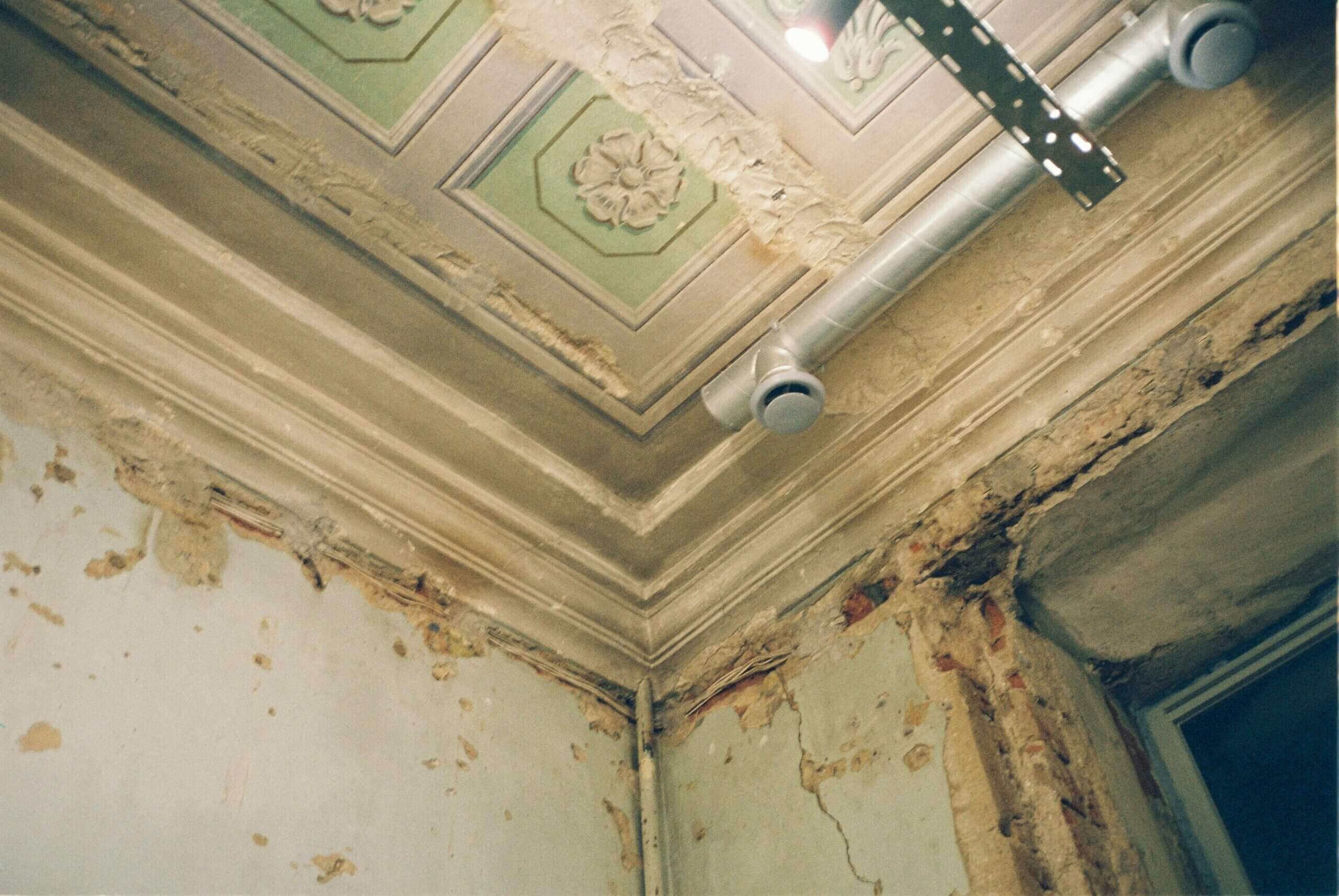Mold Remediation
A little mold is not a big deal, right? You might be surprised how just a “little bit” of mold can turn into one of the most costly remediation projects a homeowner will ever face. That’s because the tiniest bit of mold can erupt into a whole-home problem that takes weeks, specialized equipment, and the expertise of professionals to fix. Here’s what to expect when you need mold remediation.
There are many types of mold in our homes. Most of the mold you might encounter is easy to clean up with bleach and other solutions. In tiny quantities, these common types of mold are not hazardous to your health. But then there are other types, the kind of mold that takes over your home and can lead to all sorts of health problems for you and your family before you even realize it’s there.
Mold issues are often linked to water damage, fire recovery efforts, and sewage contamination, making thorough remediation essential for a safe home environment. If mold has developed due to a past water leak, fire suppression efforts, or sewage backup, addressing the root cause is just as important as removing the mold itself. Explore our water damage restoration, fire damage restoration, and sewage cleanup guides for a complete approach to keeping your home safe from recurring issues.
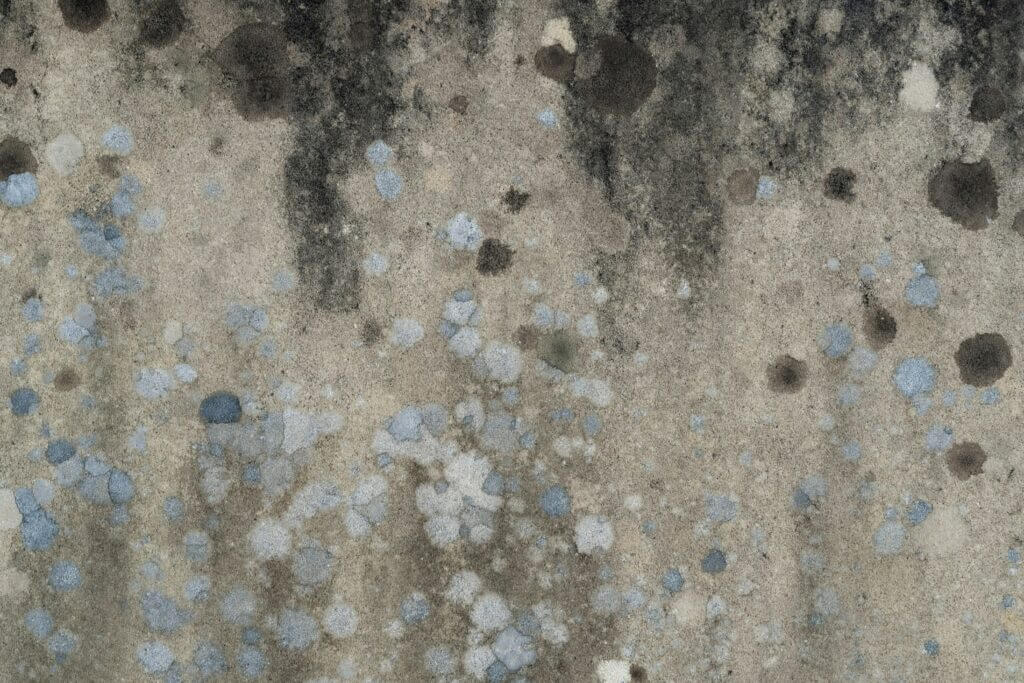
What Is Mold Damage?
Mold is literally everywhere. The spores float on the wind, tiny microscopic specks of mold that can enter your home through any open space. Open your door to step outside and you are likely letting in a few mold spores as you do. Or those spores can hitch a ride on your clothing or pets.
So why don’t more people have a problem with mold in their homes? That’s because while it’s easy for mold to show up, it’s much more difficult for it to take hold. It needs just the right level of moisture and a dark space to settle in and grow. Regular cleaning and the occasional deep clean of your home will keep mold from becoming a problem.
But if the mold finds a way into a humid, damp, or wet area of the home, you might be in trouble.
Mold tends to grow where there is plenty of water, which is why most mold problems begin in areas you might not often look at. Think about the drip tray under the refrigerator (yes, there is one), the areas around your HVAC system, and even the places where condensation drips from pipes and air conditioners. Even the seal around the refrigerator door or your favorite houseplants can be breeding ground for mold.
The damage occurs when mold begins to infiltrate the materials in your home. One of the most common areas to find mold is behind drywall. Perhaps a pipe has a slow leak that keeps the area damp, and of course, it’s dark back there. A few mold spores find that spot and within a matter of weeks or months, you have a serious mold problem that can eventually spread through your entire home.
Types of Mold Found in Homes
There are numerous types of mold floating around. Specifically, mold is a type of fungi. There are three broad categories of mold, and each of them requires a different approach to clean.
- Allergenic Mold: This mold isn’t actually toxic. However, it can be a bother and trigger allergic reactions in some people, including sneezing, coughing, or skin irritation, such as a rash. While this isn’t typically dangerous, it can be for those with underlying medical conditions, especially asthma.
- Pathogenic Mold. This is a step up on the danger scale. Again, this mold is not toxic on its own. But those who have underlying medical conditions that weaken their immune system might be especially susceptible to the problems this mold can cause. It can be harmful to those with serious health issues.
- Toxigenic Mold: This is the really bad stuff. This type of mold is dangerous on its own because it creates its own toxic environment. That means that anyone who comes into contact with it or breathes it in, even if they are in the best of health, is at serious risk for major medical complications. In fact, living in a home that is loaded with toxigenic mold can actually be deadly.
The good news is that mold can be killed with a registered fungicide. These are chemicals that have been evaluated and tested to ensure they are not only effective in fighting mold, but are safe to use. While homeowners can easily handle the cleanup of allergenic mold, and probably pathogenic mold as well, a problem with toxigenic mold requires the help of a professional.
Frequently Asked Questions
What Is Mold Remediation?
Mold remediation is a multi-step process that involves assessing, containing, removing, and preventing mold infestations in residential and commercial properties. Unlike simple mold removal, which may only address surface growth, remediation targets the root cause to ensure long-term prevention.
Mold spores are everywhere and can enter a home through open windows, HVAC systems, or on clothing. Mold thrives in dark, damp environments, making basements, attics, crawl spaces, and bathrooms common problem areas. Professional mold remediation ensures a complete and safe removal process, preventing future outbreaks.
Frequently Asked Questions
Steps in the Mold Remediation Process
The mold remediation process depends on just how bad the problem is. While homeowners might be able to handle some small mold issues on their own, hiring a professional will be a must for the worst types of mold. Here’s what to expect.
- Assessment and Containment
When you contact a professional mold remediation company, they will send someone out to your home to evaluate the situation. This assessment will include figuring out what kind of mold you have, where it has spread to, and what it might take to clean it up.
They will also discuss containment measures. Assuming you hire them, they will start right away by containing the area where the mold has infiltrated. This means they will stem the reason for the moisture that is feeding the mold growth, as well as use plastic sheeting and other methods to isolate the area. This will help ensure that the spread of mold stops.
- Air Filtration and Cleaning
Cleaning the air is a must to ensure that you can go back into a safe and comfortable home. This includes cleaning the area with specialized equipment and chemicals that are designed to kill mold on contact. Fans and dehumidifiers will be used to dry out the area completely and ensure that there is no moisture to allow even the tiniest spore to take hold again.
- Removal of Contaminated Materials
In some cases, it will be impossible to clean the mold from certain parts of the home. This includes porous materials like drywall, carpets, and even some furniture. These items will have to be removed and destroyed. Though you might lose some things that were precious to you, there is unfortunately no other option.
- Cleaning and Deodorizing
The cleanup must be very thorough to make sure that no spores can survive. Vacuuming and deep-cleaning of hardwood floors can remove spores. Any non-porous surfaces will be scoured and cleaned to ensure there is no mold left.
Mold can leave behind an awful smell, and so can the chemicals used to clean it up. Deodorizing the space is one of the final steps taken for mold remediation. Deodorization also makes use of fans, filters, and dehumidifiers, as well as odor-busting products that help ensure your home smells clean again.
- Repair and Restoration
Once the mold is gone, you’ll probably find that a lot of other things are gone too — such as the drywall and carpeting. Even vinyl flooring might not survive the process. It’s time to hire a local contractor to handle the repair or replacement of everything the mold remediation team had to remove in order to ensure your home is safe again.
How Much Does Mold Remediation Cost?
Mold remediation costs vary based on the severity of the infestation, location, and necessary repairs.
Average Cost by Severity:
- Minor mold removal (less than 10 sq. ft.): $500 to $1,500
- Moderate mold remediation (entire room affected): $1,500 to $5,000
- Severe mold infestation (extensive structural damage): $5,000 to $30,000+
Homeowners can expect mold remediation to cost an average of $2,230, with a typical range of $1,100 to $3,450. The cost of mold remediation will vary greatly depending upon the extent of the problem and which areas are affected. For example, a room filled with drywall will cost much more to fix than a room with concrete walls.
Given that cost, many might choose to try the do-it-yourself route. The U.S. Environmental Protection Agency recommends that homeowners try this only if the affected area is less than 10 square feet. However, even within that small space, there could be significant mold and water damage.
Those who do choose the DIY route can expect to pay $50 to $300 to rent a vacuum and obtain mold remediation products, such as bleach, as well as safety equipment.
Use your best judgment in deciding if you can handle the affected area; but keep in mind that for your safety and the ongoing protection of your home, hiring a professional is always the best idea.
Mold Remediation Major Cost Factors
There are some common factors in mold remediation that will affect your bottom line. These include:
- Location. Mold that is underneath your kitchen sink will be much easier to remedy that mold that has moved behind the drywall, into a crawl space, or underneath the floorboards. Experts estimate that mold confined to a bathroom might cost between $500 and $1,000 to remedy, while mold in an attic — which is harder to access — can cost between $1,000 and $4,000.
- Size of the area. As you might imagine, the larger the area, the more it will cost to get the mold out. Expect to pay between $10 and $25 per square foot, but also keep in mind that if there is damage to the home’s structure due to the mold, you will pay much more.
- Type of mold. A mold test costs between $450 and $800 and will give you a firm idea of what type of mold you are dealing with. Most types of mold will cost about the same to remove, but the test can be advantageous if anyone in the home is suffering from health issues due to the mold in the house. Expect simple mold to cost between $600 and $5,000 to remove, but be prepared for the nasty types — like fusarium — to cost up to $8,000.
There are other costs to consider when engaging in mold remediation. Remember, the remediation is the start — repair or replacement of some home elements might be necessary.
- Finishing the basement. An unfinished basement is a haven for mold. Finishing the basement and/or sealing the foundation can help you avoid the problem in the future. Expect to pay between $2,250 and $7,100 to seal the foundation and between $7,000 and $23,000 to finish the basement.
- Replacing flooring. Now is the opportunity to change or upgrade your floors. Some types of vinyl flooring can run as little as $3 per square foot, while high-end hardwood can cost $22 and up per square foot. There are installation costs on top of that.
- Painting walls. If mold remediation took out your drywall, that has to be replaced and then painted. Expect between $2 and $6 per square foot to paint your walls. (This is one place where DIY is pretty easy.)
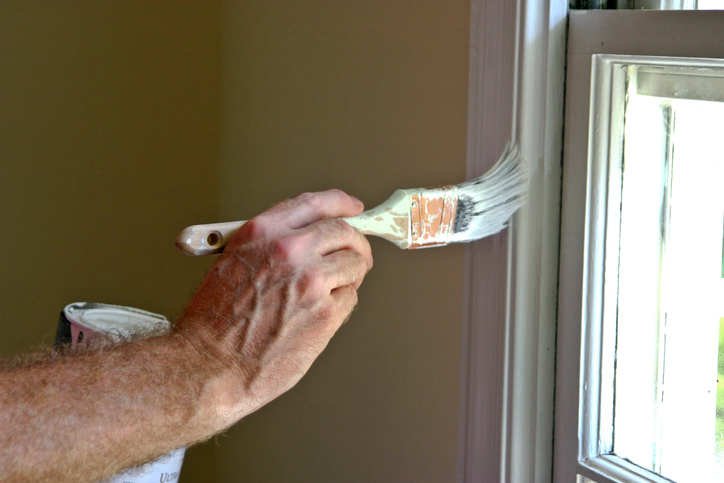
Factors Affecting Mold Remediation Cost
The mold remediation cost includes the type of mold, how far it has spread, and where it has spread. Any structural repairs that are necessary after the remediation is done will vary widely, depending upon what was lost. For example, in addition to replacing the drywall and flooring, you might have to replace furniture of all kinds, and that can cost quite a bit, depending upon your design tastes and needs. Given how widely these prices vary, it can be tough to pin down an exact amount.
In some cases, insurance might cover the costs of mold remediation. If the mold is a result of a covered peril, such as a broken pipe, then insurance might cover the costs associated with it. But if it results from something else — perhaps a slow leak that took months to discover — the insurance company will likely see that as a failure of maintenance and won’t offer any coverage at all. Talk to your insurance agent about what is covered and what is not.
Topics to Explore
Choosing the Right Mold Remediation Service
Selecting a qualified mold remediation company ensures safe and effective treatment. Consider the following factors when hiring a professional:
- Certifications: Look for companies certified by the Institute of Inspection, Cleaning, and Restoration Certification (IICRC).
- Experience: Choose a service provider with a strong track record in mold remediation.
- Comprehensive Services: A full-service company should handle everything from assessment to restoration.
- Customer Reviews: Check online reviews and Better Business Bureau (BBB) ratings.
- Warranty or Guarantee: Some companies offer warranties on mold remediation work, ensuring peace of mind.
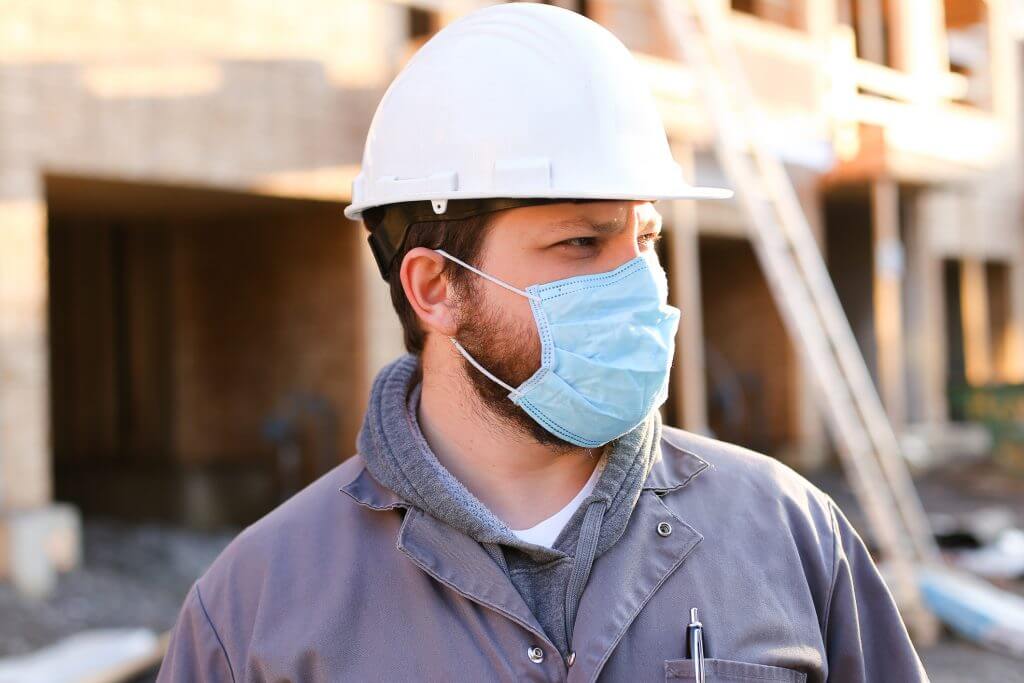
Frequently Asked Questions
What to Do After Mold Remediation
Once your home has undergone mold remediation, taking proactive steps can help ensure the problem doesn’t return and maintain a safe living environment.
- Inspect the Work: Walk through the remediated areas and check for any lingering mold, water damage, or musty odors. Ensure all affected materials have been removed or properly cleaned.
- Review Warranties & Insurance Coverage: Understand any warranties provided by the mold remediation company and review your homeowner’s insurance policy for future coverage.
- Improve Ventilation & Moisture Control: Use dehumidifiers, fans, and ventilation systems in moisture-prone areas like basements, bathrooms, and kitchens to prevent future mold growth.
- Address Underlying Moisture Issues: Mold thrives in damp environments, so fixing leaks, sealing foundation cracks, and ensuring proper drainage around your home can help prevent recurrence.
- Schedule Routine Inspections: Conduct periodic mold checks, especially in high-risk areas, to catch any potential problems early. Consider annual professional inspections for peace of mind.
- Stay in Touch with Professionals: Keep the contact information of your mold remediation provider for follow-up inspections or additional concerns.
Frequently Asked Questions
Preventing Mold Growth: Tips for Protection and Preparedness
Mold can quickly spread in damp environments, leading to property damage and potential health issues. While mold remediation can remove existing mold, taking proactive steps to prevent mold growth is essential for maintaining a safe and healthy home. Regular maintenance, moisture control, and quick responses to leaks can significantly reduce the risk of mold infestations. Here’s how to protect your home from mold.
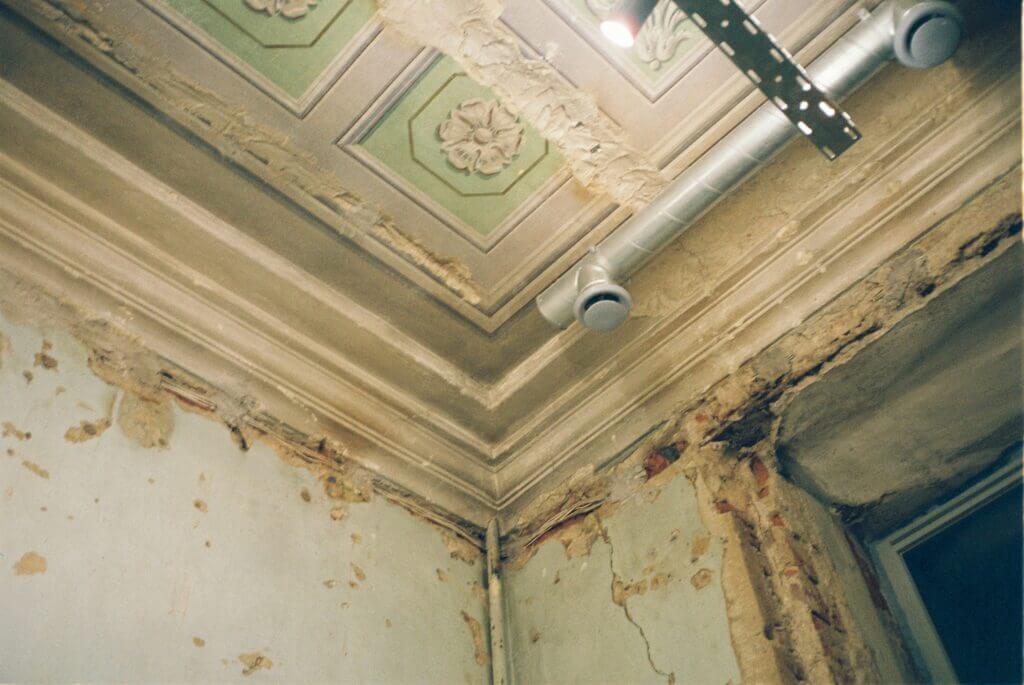
Regular Maintenance to Prevent Mold Growth
- Control Indoor Humidity Levels: Keep indoor humidity below 50% by using dehumidifiers and air conditioners, especially in high-moisture areas like basements and bathrooms.
- Ensure Proper Ventilation: Use exhaust fans in bathrooms, kitchens, and laundry rooms to reduce moisture buildup. If possible, vent appliances like dryers and stoves to the outside.
- Inspect and Maintain Plumbing: Regularly check pipes and plumbing fixtures for leaks. Address any issues immediately to prevent moisture accumulation.
- Keep Gutters and Downspouts Clean: Clogged gutters can cause water to back up and seep into walls or foundations, creating the perfect environment for mold growth. Clean gutters at least twice a year.
- Check and Seal Windows and Doors: Ensure caulking and weatherstripping around windows and doors are intact to prevent water intrusion.
Preparing for Potential Mold Risks
- Monitor Moisture-Prone Areas: Basements, attics, and crawl spaces are common areas for mold growth. Use a hygrometer to monitor humidity levels and install a vapor barrier if necessary.
- Use Mold-Resistant Materials: When remodeling or building, consider using mold-resistant drywall, paint, and insulation in high-moisture areas.
- Waterproof Your Basement and Crawl Space: Apply sealants to basement walls and floors to prevent water seepage, and ensure proper drainage away from your home’s foundation.
- Keep Indoor Spaces Dry: Wipe down bathroom and kitchen surfaces after use, dry wet clothes immediately, and avoid leaving damp towels or laundry in enclosed spaces.
Mitigating Mold When It Appears
- Act Quickly: If you notice mold starting to form, clean it immediately with mold-killing solutions like hydrogen peroxide or vinegar. For larger infestations, contact a mold remediation professional.
- Address Water Leaks Immediately: If a pipe bursts or your roof leaks, dry the affected area within 24-48 hours to prevent mold from taking hold.
- Remove Water-Damaged Items: Mold can grow on wet furniture, carpets, and fabrics. If items cannot be thoroughly dried and cleaned, it’s best to discard them.
- Improve Air Circulation: Keep furniture a few inches away from walls, open windows when possible, and use ceiling fans to improve airflow and reduce condensation buildup.
Taking these preventive measures can significantly reduce the likelihood of mold growth in your home. If mold does appear, addressing the issue immediately and hiring a professional remediation service when necessary will help protect your home and health.
Ready to get your project started?
Let us find the best restoration pros in your area, then easily request quotes, book a contractor, and get the job done. It's that easy.
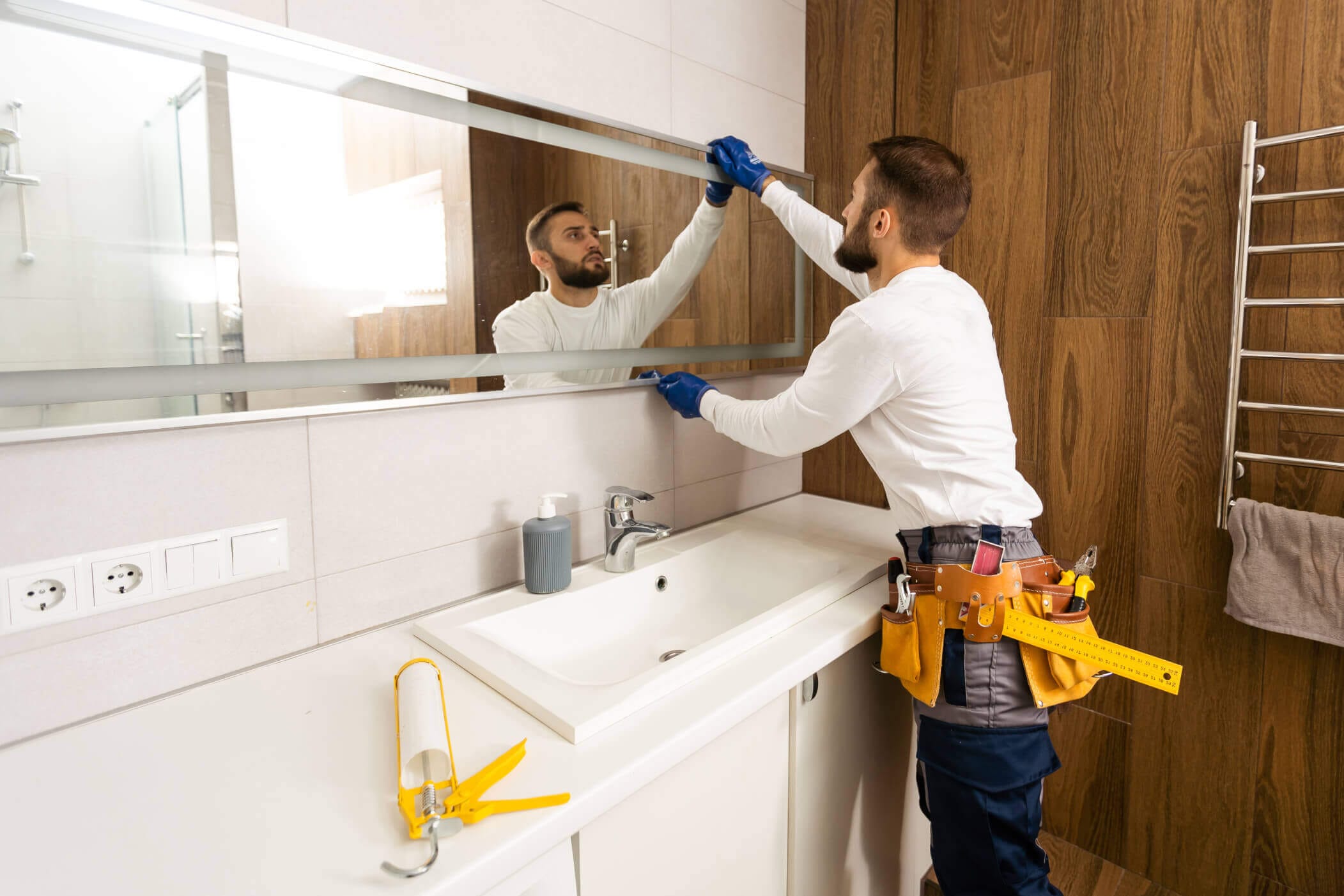
Real Stories, Real Success
See how our solutions empower homeowner projects and experiences.
